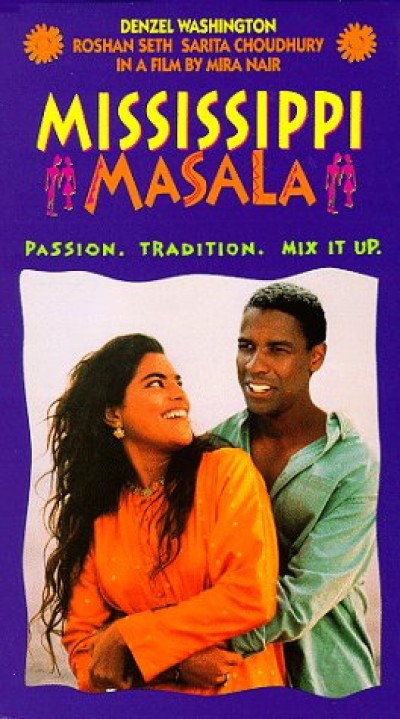During the interview, it was interesting what Mira Nair had to say about The Namesake. The story focuses on two first-generation immigrants struggling to adjust to the life in New York City having lived in India prior. The protagonist, Gogol (Kal Penn) went into a relationship with Maxine who wasn't of Indian descent. Gogol's parents were hesitant since she was Caucasian. Eventually, Gogol is more close with Maxine than to his family. Going back to Mira Nair, her approach to film making is that "it takes one to a journey crossing India and America without moving an inch." She uses this as an example when one reads a book and understands the situation within it without moving an inch as well.
Bell Hooks says it perfectly about current issues that people can relate to by stating, "Movies not only provide a narrative for specific discourses of race, sex, and class, they provide a shared experience, a common starting point from which diverse audiences can dialogue about these charged issues." (Hooks, Page 2) Mira Nair took that first step when she felt that "if we don't tell our stories, no one else will." She is correct on being annoyed on films that are based on reality and they were never a part of that experience. Usually, how would that work? Nair's example is for instance is that she lives in East Africa and it is usually represented in a general way. By that, films out there says the setting takes place in the continent of Africa and not say what part of Africa it takes place in. (examples: Rwanda, Kenya, Tanzania, Uganda, Kiliminjaro) Her style of work can relate to that of auteur since her work is done through personal experience.
By this, Nair opened up a film school in Uganda called Maisha Film Lab which is about having film directors and writers from Nigeria, Bollywood, and Los Angeles. By having the training that is required while attending Maisha Film Lab, they will create films from their experience living in Uganda rather then some that may never even been there.
Mira Nair's work has been critiqued positively again since it's based on personal experience. Majority of the time, if films state that they are based on a true story, it would grab more of the audience's attention. From my perspective, I think it's interesting because I don't know much about South Asian's struggles living in the United States. Another film, "Mississippi Masala" shows a Uganda Indian family was expelled from Kampala because of skin color. The family live in the United States working in various motels throughout Mississippi. Overall, they were the minority and felt displaced with society.
I believe Mira Nair's work is opening more eyes because she is one of the few that are talking about the personal stories of South Asians. There are documentaries about it but to make films instead, those are not easy to do. Mira Nair states that she doesn't want her films to be as if they were homework assignments. Instead, they should be something that many people can relate to and also enjoy.
I found an interesting interview interviewed by Laura Barnett on November 9th, 2009. It talks about what got Mira Nair into filming and also a good question, "Why are there so few women directors?"
Work Cited
- Hooks, Bell. "Introduction: Making Movie Magic." Web.
- Nair, Mira. Mirabai Films. Web. <http://www.mirabaifilms.com/home.html>.
- Maisha Film Lab. Web. <http://www.maishafilmlab.org/>.
- "The Namesake." Web. <http://www.foxsearchlight.com/thenamesake/>.



No comments:
Post a Comment